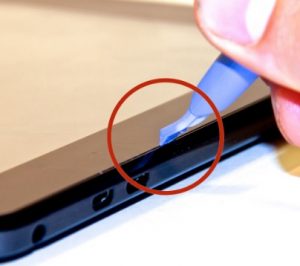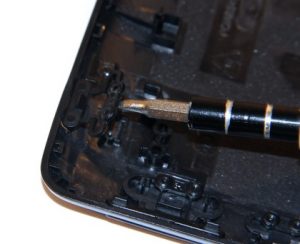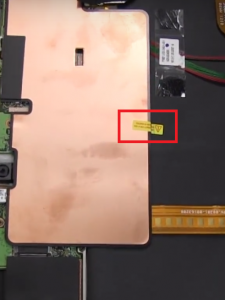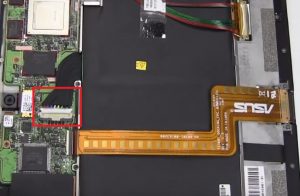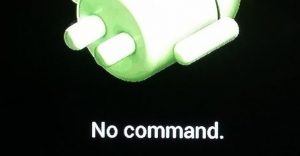Now the causes for this can be multiple, but most of the time the issue is either caused by a software conflict or a bad battery. Here’s a list of the most common symptoms:
ASUS tablet won’t chargeASUS tablet won’t go past the ASUS splash screenThe tablet vibrates when turned on but the screen remains blackASUS tablet is stuck in a boot loop
Not having our tabs around is a big inconvenient, so use the guides below to pinpoint the cause of your problem and hopefully restore the functionality of your ASUS Transformer Tablet. But, before we dive into the technical stuff, let’s perform a series of quick check-ups:
Make sure your device has enough power in it to start. Leave it charging for at least an hour before attempting to turn it ON.Make sure you don’t have any lint or dirt in the power slot of your device, as it might hinder the transfer of electricity. If you see any foreign objects, remove the battery and use a cotton swab dipped in rubbing alcohol to get rid of them.Make sure your power adapter isn’t broken. Try to borrow another compatible charger for your ASUS tablet or plug it into a USB port, and see if it charges.If you recently installed a screen protector, make sure the proximity sensors aren’t covered by it. This will cause your screen to remain black.
Method 1: Fixing the Power Button
Some ASUS Transformer models suffer from a design flaw that causes the power button to get stuck within the casing of the tablet. This is extremely common on ASUS Transformer T100. If that’s the case, the button will be further inside and you won’t be able to push it like you normally would. Here’s what you need to do:
Method 2: Unplugging the battery connector
If your Asus tablet is totally unresponsive, try plugging it into a charger. If the orange charge light does not appear on the power button, try inserting the device into its dock. If the dock signals that it’s charging, the problem is certainly related you your device’s battery. In cases like this, it’s worth a shot to disconnect the battery before hooking it up again and see if it fixed your problem. This problem usually occurs when the device has come into contact with a tiny amount of water or it has been stored in a humid environment. Disconnecting the battery connector will signal the device to stop protecting itself and allow power to the rest of the components. Warning: The following steps should only be taken if your warranty has expired. This tutorial involves removing the warranty sticker which leads to your device losing warranty. Here’s what you need to do:
Method 3: Doing a trickle charge
It’s possible that your battery has been allowed to so become flattened to the point where it can’t accept a regular charge from a wall charger. In cases like this, you either go for a battery replacement or you opt for a trickle charge. It is proven that lithium batteries don’t like being fully discharged. If the battery is drained completely, chances are the device won’t accept a charge from your regular Asus a/c charger. A trickle charge involves charging your tablet from a low voltage connection. This means you either charge it from a PC USB port or from a low power charger that works with 5v/500ma. Here’s what you need to do:
Method 4: Doing a Soft Reboot
If you can hear the device powering on but the screen remains black, follow the instructions below:
Method 5: Doing a Soft Reset & a Hard Reset
If your device is frozen, unresponsive or is stuck in a continuous boot loop, this might help. Start by doing a soft reset and see if it solves your problem. Here’s how: If the soft reset didn’t help, let’s try a hard reset. Keep in mind that a hard reset is exactly like a factory reset, only that it’s done via the hardware buttons. Follow the steps below : We hope one of the fixes above has fixed your ASUS tablet related problem. If nothing worked, your device needs to be sent for repair.
How to Turn Off Tablet Mode on Windows 10Fix: Wacom Tablet Driver Not FoundFix: Windows 10 Stuck in Tablet ModeFix: Lost Windows 10 Password on a Tablet/Laptop or a Desktop
